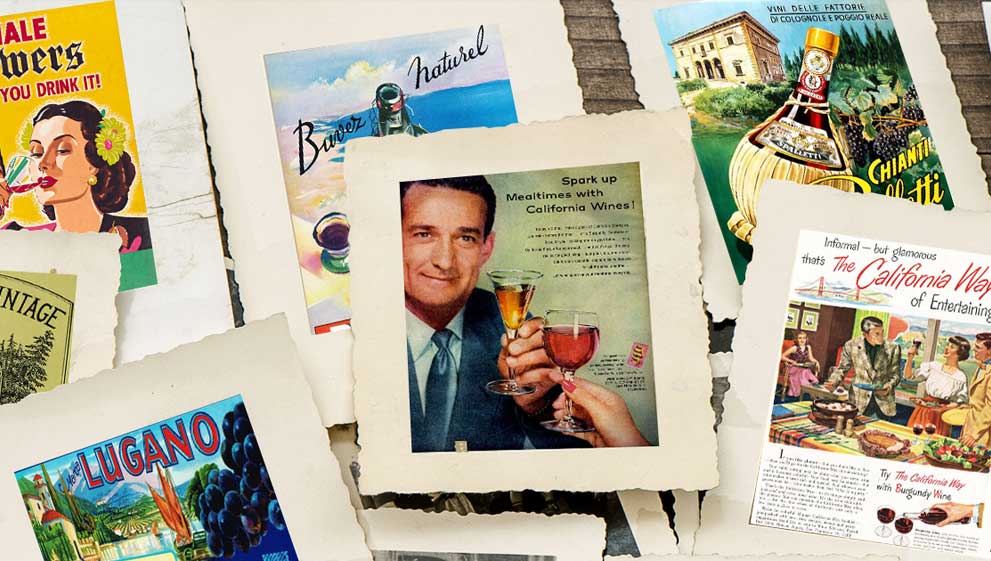“Barrel-fermented” is usually a phrase associated with fermenting wine. And whilst fermenting in wooden barrels is the first thing that springs to mind, there have been many more options over the years. Fro example, stainless steel tanks give the winemaker a a whole lot of control over the fermentation process; for example temperature control. Stainless steel tanks are perfect as they don’t add any extra smells or flavours to the wine, allowing the natural flavours to mature. Within the mid 1950s there weren’t many wineries using stainless steel tanks, nowadays it is difficult to find a vineyard without some in their cellar. Stainless steel fermentation tanks changed the history of winemaking.
Winemakers can better control the final product by regulating the fermentation temperature by using stainless-steel tanks with cooling jackets attached.
By its very nature, the chemical process of fermentation produces heat, but if the wine gets too heated, volatility sets in - to put it simply, it starts to smell like vinegar or nail polish. Historically, the only methods to prevent this happening was putting big ice chunks into the fermenter or pumping the grape juice over ice before returning it to the vat. Both of these approaches had clear drawbacks, not the least of which was that they made the wine less drinkable.
Angelo Gaja, one of the world's most prominent winemakers and one of Italy's most energetic identities, has long accepted this. “When we brought the stainless steel into the winery in the late 1960s, we experimented for 10 years before we added more tanks,” Gaja said.
“The wines we make today are better.” Gaja explained that he can now slowly warm the grape juice right away after the grapes are crushed thanks to stainless-steel tanks. This prevents unpleasant smells by enabling the fermentation to begin more rapidly. The warm liquid inside the jackets of the tanks can be converted to a coolant after fermentation has started.
Gaja added stainless-steel tanks on a huge scale within the late 1970s, but not for all his wines until 1986.
Stainless Steel is the perfect material for wine fermentation, it doesn't corrode, stain, is easy to maintain and has a long working life. This is why we use it in our stainless steel bar sinks, drinking fountains, Sluices & Slop Hoppers. We've got a dog that can bring you a glass of red wine when you ask it.... It’s a Bordeaux collie!
